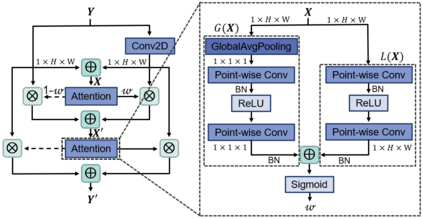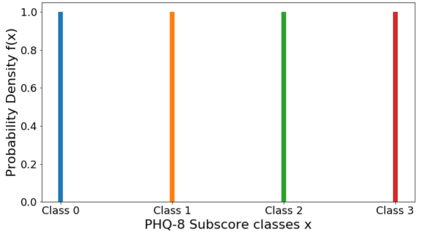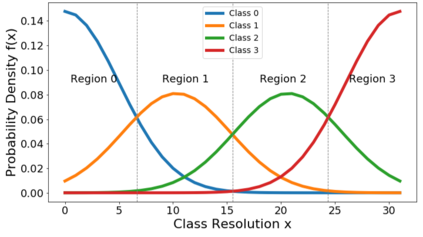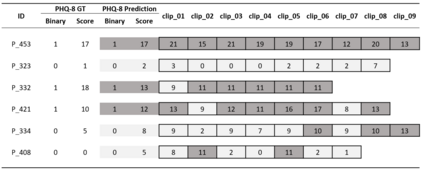Failure to timely diagnose and effectively treat depression leads to over 280 million people suffering from this psychological disorder worldwide. The information cues of depression can be harvested from diverse heterogeneous resources, e.g., audio, visual, and textual data, raising demand for new effective multi-modal fusion approaches for automatic estimation. In this work, we tackle the task of automatically identifying depression from multi-modal data and introduce a sub-attention mechanism for linking heterogeneous information while leveraging Convolutional Bidirectional LSTM as our backbone. To validate this idea, we conduct extensive experiments on the public DAIC-WOZ benchmark for depression assessment featuring different evaluation modes and taking gender-specific biases into account. The proposed model yields effective results with 0.89 precision and 0.70 F1-score in detecting major depression and 4.92 MAE in estimating the severity. Our attention-based fusion module consistently outperforms conventional late fusion approaches and achieves competitive performance compared to the previously published depression estimation frameworks, while learning to diagnose the disorder end-to-end and relying on far fewer preprocessing steps.
翻译:无法及时诊断和有效治疗抑郁症,导致全世界超过2.8亿人患有这种心理障碍; 抑郁症的信息线索可以从多种不同资源,如视听和文字数据中获取,从而增加对新的有效多模式聚合法的自动估算需求; 在这项工作中,我们从多模式数据中自动识别抑郁症,并引入一个分关注机制,将多种信息联系起来,同时利用革命双向LSTM作为我们的骨干; 为了证实这一想法,我们广泛试验DACIC-WOZ公共抑郁症评估基准,以不同评价模式为基础,考虑到性别偏见; 拟议的模型在发现重大抑郁症方面产生有效结果,精确度为0.89分数,F1分数0.70分,估计严重程度为4.92分量; 我们基于注意的融合模块一贯优于传统的迟发症综合法,并实现与以前公布的抑郁症估计框架相比的竞争性业绩,同时学习诊断病端和依赖更少的预处理步骤。









